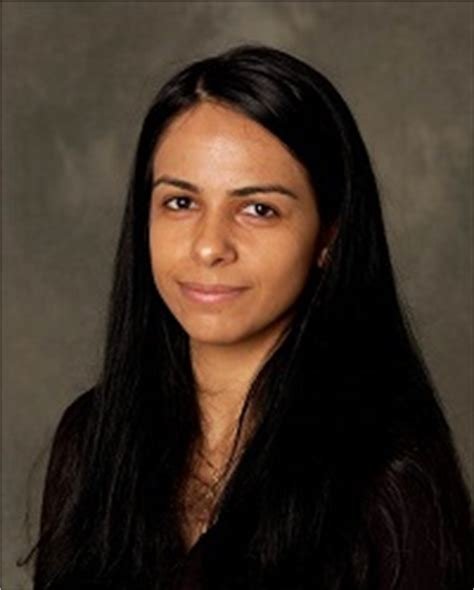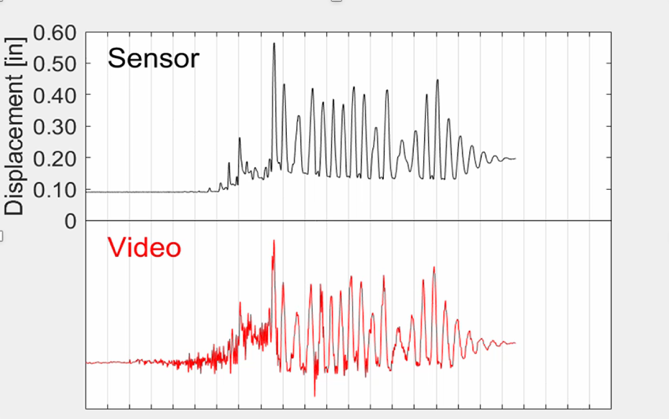Smart Structural Health Monitoring
Pioneering researchers are using artificial intelligence to develop a more accurate, cost effective tool for monitoring the structural health of civil infrastructure
Published on January 18, 2023

Claudia Marin
Professor, College of Engineering and Architecture
Howard University

Jale Tezcan
Professor, School of Civil, Environmental, and Structural Engineering
Southern Illinois University
What if cities could permanently monitor the structural health of bridges, tall buildings, and utility infrastructure — as easily as they now monitor rush-hour traffic and building security?
Accurate and affordable infrastructure monitoring is vital for policy-makers and building owners to understand the true condition of the infrastructure they manage — and to make sound decisions about maintenance, repair, and replacement.
The NSF-funded Natural Hazards Engineering Research Infrastructure, NHERI, is supporting research underway to devise just such a system.
In pioneering work, project PI and Howard University engineer Claudia Marin and co-PI Jale Tezcan from Southern Illinois University are developing a structural health monitoring system that combines video-captured movement with an artificial intelligence-based modeling system to analyze and assess structural integrity. The tool will detect potential weaknesses in commonly used building materials such as concrete and steel, and will work in ordinary structures such as chimneys and storage tanks. In this research-to-practice project, funded by the National Science Foundation, Marin her team aim to develop a cost-effective tool for widespread use
"The motivation for this project is straightforward," Marin says. "Our nation's infrastructure is in poor condition. Visual inspections are subjective, time-consuming and insufficient to make the right decisions. We need automated tools to assess the health of our infrastructure.
Sensor-based inspections, the conventional approach to automated structural health monitoring, involves strategically placing accelerometers on buildings to collect vibration data. But Marin explains that this method is costly, labor intensive — and less effective than the new smart monitoring method. "Accelerometers provide good information where they are placed, but video monitoring can monitor a much wider area on a structure — without the need for placing sensors," Marin explains.
For the work, the team used data from the NHERI DesignSafe Data Depot, including data from UC San Diego shake table tests that validate video as a measuring tool. (See sidebar.) For sharing project deliverables, Marin says the DesignSafe Data Depot will be the essential platform.
A consumer product
The team has created a prototype of an accurate, field-calibrated computational platform for in situ monitoring of civil infrastructure. The goal is to provide a tool that integrates machine learning models with a video analytics module, to be implemented on selected benchmark structures, along with user manuals and educational materials for end-users. Key aspects of the platform are the use of video cameras instead of sensors and the incorporation physics into the machine learning algorithms.
"The vibration data of a structure is like a fingerprint," Marin says. "Problems of structures can be identified by studying the vibration data changing over time."
The new system will detect damage in structures ranging from traffic lights and residential chimneys to power plants and tall buildings. The structural damage could be caused by age, extreme weather, or a natural hazard, like an earthquake.
A milestone 2012 test on UC San Diego shake table provided data for validating video as a measuring tool (NSF award CMMI-0936505).

Using data from a 2012 full-scale shake-table test of a reinforced concrete building, the team validated the usefulness of employing video to reproduce sensor-measured data. Left, the experimental setup. Above, the results show that video captures more deformation datapoints than the sensor.
Plans for technology transfer
On the road to implementing this advanced structural monitoring tool, NHERI resources are fundamental. The project team has access to high-performance supercomputing resources via the DesignSafe allocation to Frontera, at the Texas Advanced Computing Center. With the NHERI Lehigh facility, the team has payload opportunities for large-scale testing. Further, the NHERI SimCenter is prepared to advise on development and deployment of open-source software once the project has engaged additional funding.
"My dream is that we can implement this platform to measure the conditions of structures after a strong earthquake. Since we have aftershocks, a tool like ours will be able to assess the conditions of the structures after a strong earthquake. It will make a great tool for reconnaissance teams," says Marin.
The team has developed a prototype, a proof of concept, and is dedicated finding research funds to continue the platform development and bring the product to market. With industry and government partnerships that include NIST, the U.S. Army Engineer Research and Development Center, Microsoft, and others, Marin's team is developing strategies for widespread implementation of the tool, which means careful consideration of scientific, regulatory, and societal issues.
"Our task is complex. As well as demonstrating a useful structural monitoring tool, we must be sensitive to concerns about AI-driven decision-making and data privacy. "Property owners will not invest in new structural health monitoring technology until it is demonstrated successfully in real world systems — which includes having secure data," she says.





